Jerusalem, 2 Safar 1438/25 November 2016 (MINA) – As the Israeli occupation enters its 50th year, development in Palestine is constrained by a multitude of factors, ranging from restrictions on movement, and inequitable access to resources, to reduced policy autonomy of the Palestinian government, according to a new report released Thursday by the UN Country Team in the Occupied Palestinian Territory (OPT).
The Common Country Analysis (CCA) report, which focuses on the most vulnerable and disadvantaged groups among Palestinians and the development constraints they face, identifies 20 groups who are at high risk of being ‘left behind’ in Palestine’s development trajectory and analyzes the factors driving their vulnerability, Palestinian news agency Wafa reported.
The report identifies the Israeli occupation as contributing directly to poverty, unemployment, and a prolonged humanitarian crisis.
In the spirit of the UN Agenda for Sustainable Development, or 2030 Agenda, the CCA places the most vulnerable groups at the core of the UN’s development and funding planning, in conjunction with the Palestinian National Policy Agenda.
Also Read: Israeli Forces Conduct Airborne Landings in Tubas, Impose Curfew
“The mere fact of living under occupation for five decades has left Palestinians from all walks of life disadvantaged or vulnerable in some way. They are denied the autonomy and rights that much of the world enjoys”, said Robert Piper, UN Coordinator for Humanitarian Aid and Development Activities in the OPT.
“Ending the occupation is thus the primary development enabler”, he added. “But even then, there are some groups of Palestinians that are clearly falling behind – and these groups need to be at the heart of the UN’s development efforts”.
Vulnerability, the report finds, “is in part a function of one or more structural factors, including restricted economic access, location or place of residence, institutional and governance factors, socio-cultural norms, attitudes and exposure to violence.”
Some elements of these drivers are intimately linked to the occupation, the report indicates, while others are less so.
Also Read: Israel is Holding 6,000 Trucks, Enough Supplies for Gaza for 3 Months
CCA’s focused groups
The CCA focuses on 20 groups who are among those that are systematically at a greater disadvantage than other Palestinians, such as children facing obstacles in accessing schools, refugees residing in camps and Bedouins and herder communities in Area C.
Also Read: Despite Ceasefire, Gaza Death Toll Continues to Rise, Reaching 70,112
The analysis calls for policy makers’ and development partners’ concerted efforts to address the structural drivers of their vulnerability.
“Our joint development efforts need to be measured by the kinds of sustained improvements we are able to deliver in the lives of these and other especially-vulnerable groups over the coming years”, stated Piper.
“This is at the core of the Sustainable Development Goals and their call to Leave No One Behind” he added.
The United Nations’ (UN) next five-year development plan, the UN Development Assistance Framework (UNDAF) for Palestine is currently under development, building on the analysis in the CCA report.
Also Read: Israel Intensifies Strikes on Gaza, Citing Tunnel Demolition Operations
The themes reflected upon in the Common Country Analysis (CCA) report serve as a starting point for UN development programming in Palestine.
The CCA also informs the UN Development Assistance Framework process (UNDAF), which aligns with the Palestinian government’s development priorities for the next five years, 2018-2022.
The UN Country Team (UNCT) includes all UN operational agencies working in Palestine.
The UNCT operates under the leadership of the UN Coordinator for Humanitarian Aid and Development Activities in the Occupied Palestinian Territory, Robert Piper. (T/R07/R01)
Also Read: Woman Injured by Israeli Gunfire in Al-Tuffah Neighborhood, Gaza City
Mi’raj Islamic News Agency (MINA)
Also Read: Israeli President Says Netanyahu’s Pardon Request ‘Sparks Debate’ in Society





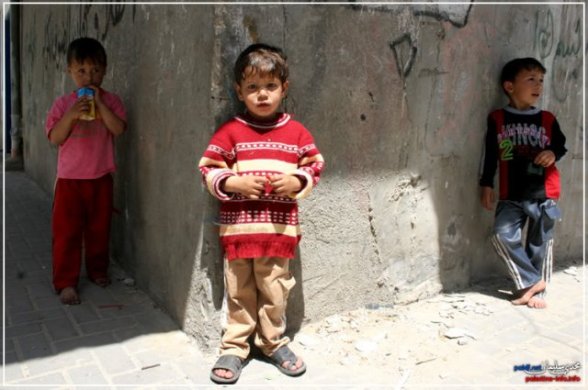

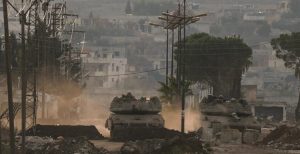




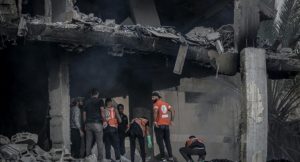



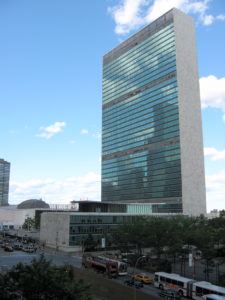
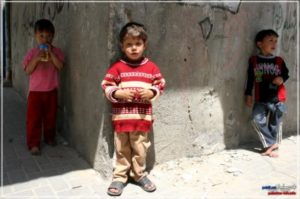









 Mina Indonesia
Mina Indonesia Mina Arabic
Mina Arabic